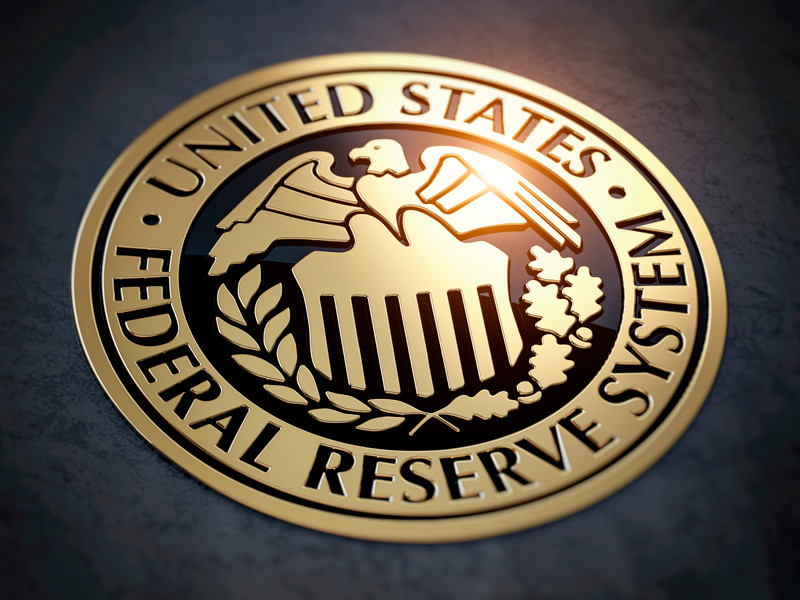In March 2023, the Federal Reserve (Fed) of the United States took decisive action to avoid a banking crisis. To this end, it injected $2.4 trillion into the system—money that was already in reserves and did not require printing new banknotes. These funds helped stabilize the financial system amid global economic instability. However, almost a year later, the liquidity reserve that the Fed injected is nearly exhausted, and questions about further steps remain open. Reintroducing the money-printing press could lead to undesirable consequences for the economy, including inflation, rising rates, and a possible recession.
How Did the Fed Solve the Problem in 2023?
In March 2023, the U.S. faced instability in the banking sector, with several large financial institutions on the verge of bankruptcy. To avoid a liquidity crisis that could have affected the entire financial market, the Fed urgently injected $2.4 trillion into the system. These funds were already in reserves, which allowed the Fed to avoid the need to “print money”—increasing the money supply by issuing new banknotes.
Notably, these funds were not created through direct emission but were used from already existing reserves created in previous years. This move allowed the Fed to temporarily restore balance to the market and prevent a banking panic, while not adding new inflationary risks that a mass increase in the money supply might have created.
Depletion of Reserves: On the Brink of a New Crisis
However, the reserve used to maintain liquidity in 2023 is now nearly depleted. And while the Fed has already taken steps to keep the situation under control, questions about the future remain open. The current situation requires the Fed to find a delicate balance.
If the central bank decides to resume printing money, the consequences could be negative. A sharp increase in the money supply would lead to rising inflation, which, in turn, could spur price instability and put pressure on the purchasing power of the population. This would also require an increase in interest rates, which could reduce consumer activity and slow economic growth. In the worst-case scenario, this could lead to an economic recession, where economic growth slows and unemployment rises.
Current Strategy: Using Old Liquidity Reserves
Currently, the Fed is trying to avoid new money emissions and is considering alternative methods to keep the economy afloat. One such method is using old liquidity reserves, as seen with the Reverse Repurchase Program (RRP), which allows the Fed to temporarily invest excess funds in financial institutions. This mechanism does not inject new money into the economy but rather redistributes already existing liquid assets, ensuring their temporary availability to banks.
However, even using old liquidity reserves has its limits. These funds are also gradually running out, and soon the Fed will have to make a decision: either resume printing money and risk inflation growth, or find new ways to maintain financial stability in the country.
Economic Risks: Inflation and Recession
Future actions by the Fed will depend on balancing liquidity maintenance in the system and preventing inflation growth. Resuming money printing, despite temporary stabilization, could lead to serious economic consequences.
High inflation, caused by increasing the money supply, affects all participants in the economy. It reduces the purchasing power of citizens, makes loans more expensive, and also raises the cost of living. When the economy starts to overheat, central banks are forced to raise interest rates to cool down economic activity. However, this leads to even greater slowdowns in growth and rising unemployment, which in turn may lead to a recession.
The Future: Seeking New Solutions
With liquidity reserves depleting and inflation-related risks, the Fed may begin to explore new tools to maintain financial stability. One possible path is to play a more active role in managing the short-term liquidity of the banking system, developing new lending mechanisms, or using innovative financial instruments like Central Bank Digital Currencies (CBDC). These steps could help the Fed keep the economy afloat without resorting to mass money printing.
The liquidity situation in the U.S. remains tense, and the Fed is at a crossroads: return to printing money or find alternative paths to stabilize the economy. The decision on how the central bank will act will impact not only the future of the U.S. economy but also the global economy. It is important to understand that each measure has its risks, and the consequences of these decisions may affect financial markets, inflation, and long-term growth rates.
